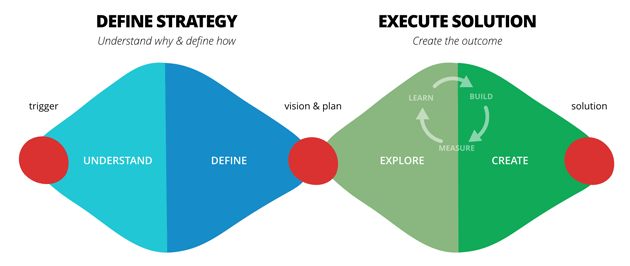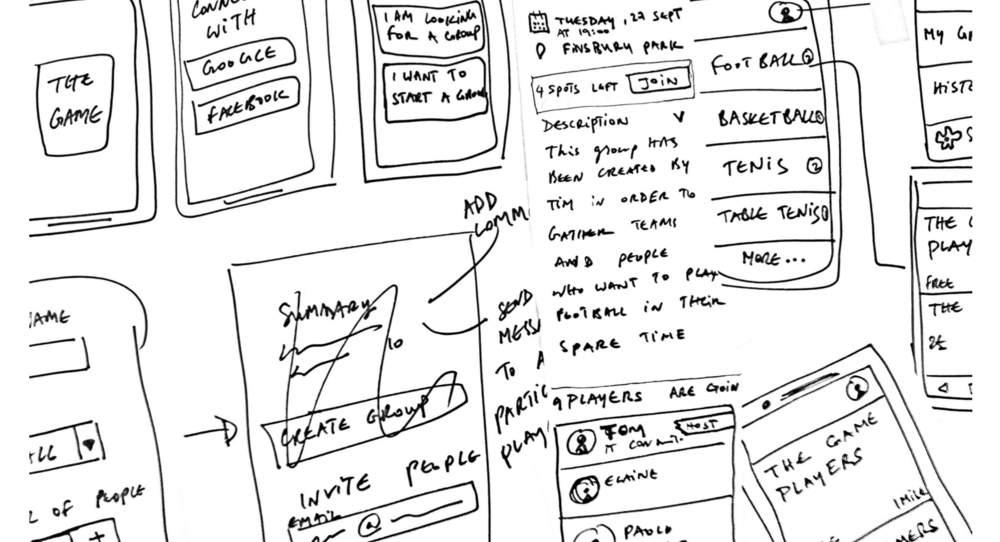Parallel Prototyping is a method of simultaneously exploring multiple design ideas before selecting one approach. It can help a team from fixating on a design too early; improve the nature of the design critiques, and lead to more effective design result. Each designer in the team quickly and independently creates a divergent range of low-fidelity prototypes or the entire design team creates several designs. They then submit designs to testing by end users or for heuristic evaluation by experts.
Iterative Prototyping and Parallel Prototyping
Generally designers use the method of Iterative Prototyping, they together create one prototype and then the prototype is tested. Improvements are made on that prototype from what is learnt through testing. The process is then repeated several times to achieve the best iteration. Parallel Prototyping on the other hand is a process where multiple prototypes are created and tested, then the best elements from each design are combined which is made into the final design.
Advantages of using Parallel Prototyping
Better Usability
Using the Parallel Prototyping method leads to better usability of the design. It not only speeds up the process but according to a study carried out by the Nielsen and Norman Group the method measured out to a 70% improvement in usability from design number one to design number two (as compared with just 18% when using traditional iterative design).
Diverging and Diversifying Ideas
Diverging occurs at two stages of the design process once while discovering the problem and the second time during coming up for solutions for the identified problem. Parallel Prototyping helps in coming up with numerous and varied design ideas which leads to a better design solution. This method encourages designers to consider a wider spectrum of possible designs.

Emotional Attachment to the Design
The method reduces and allows designers from being too attached to their designs as the designers are not trying to perfect a single design. In Parallel Prototyping attachment to ones design can be easily avoided as elements from each design are picked to create the final design.
Incorporating Parallel Prototyping in Your Work
Incorporating Parallel Prototyping in work can be done by collaborative sketching sessions and paper prototyping. It allows you to quickly sketch out lots of alternatives while also keeping you focused on the high level things without wasting time on the details. Designers can also be given prompts to explore like the medium that is being designed for or each designer can be made to focus on one particular aspect to inject some diversity in the prototypes.
Conclusion
Parallel Prototyping shifts the focus from the designer onto the design, promoting a safer environment where critiques are more engaging, less personal and less stressful. The method also promotes team collaboration and builds rapport, as designers will often merge and refine others’ concepts into their subsequent design. This method may also have some loopholes, like creating many prototypes might lead to repetitive ideas from a team and it may be much more time consuming than what is anticipated. In particular instances narrowing down too many diversified ideas might hinder the process of just to come up with one simple solution with so many options.
Resources :
https://www.viget.com/articles/why-you-should-be-parallel-prototyping/
https://medium.com/design-at-ucsd/iterative-vs-parallel-prototyping-575d455da5b5
